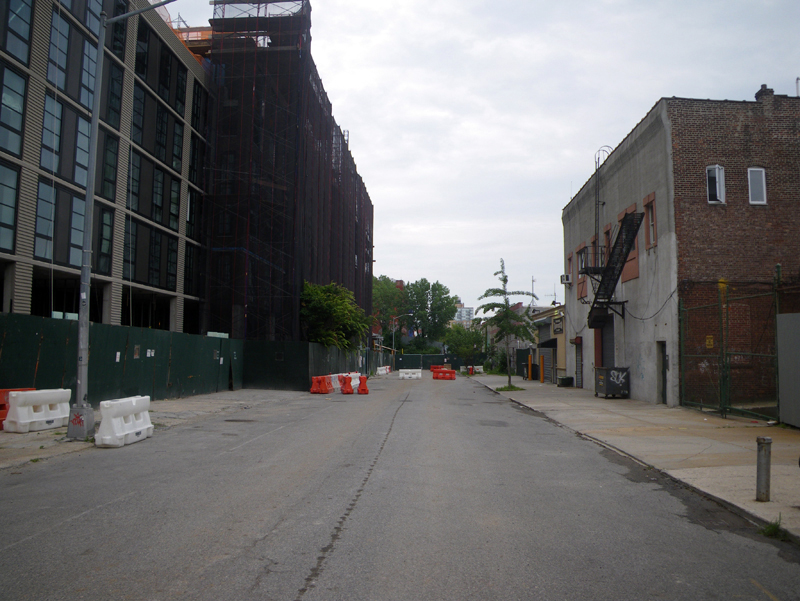
The usual boat-launch on the Gowanus Canal was blocked by a huge new construction site.
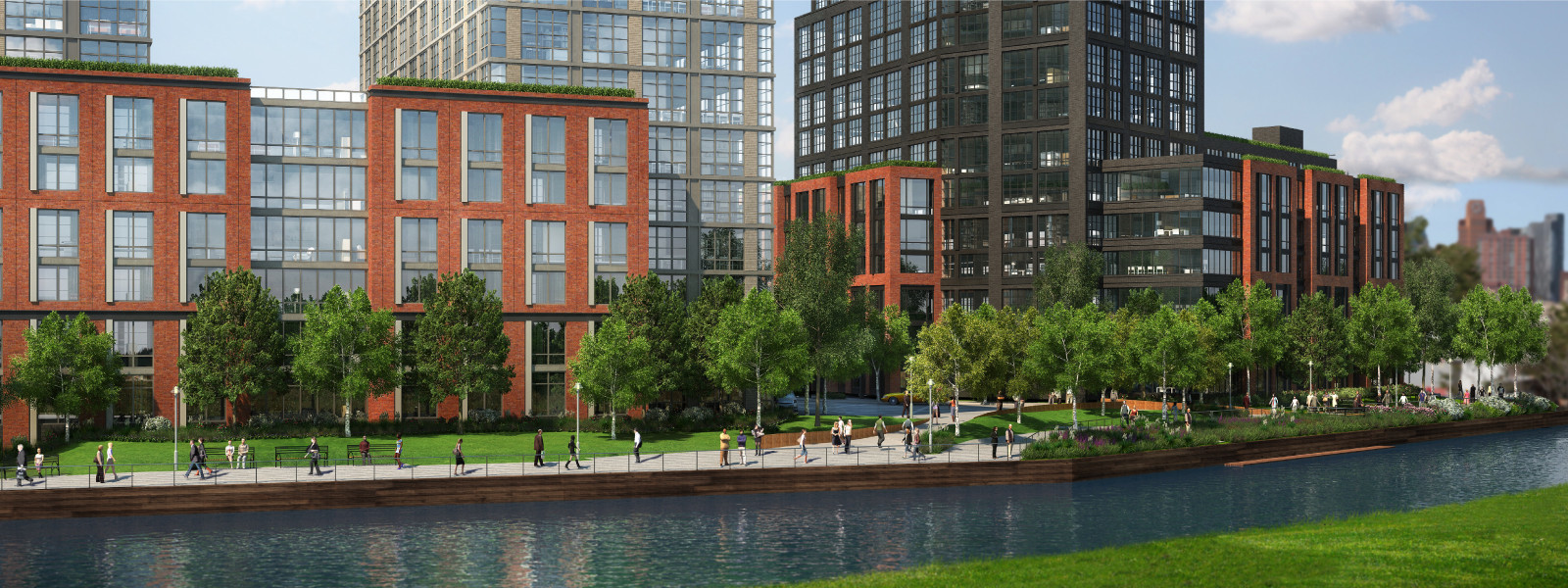
The developer’s website chirpily announces 700 rental units in ‘one of the most desirable and hippest residential neighborhoods in all of New York’.
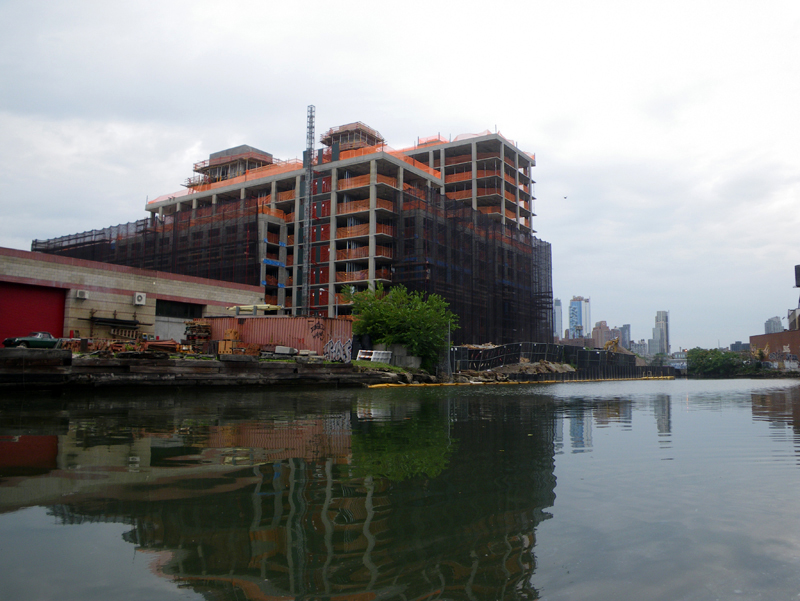
At least they got the weird milky-green color of the water right.
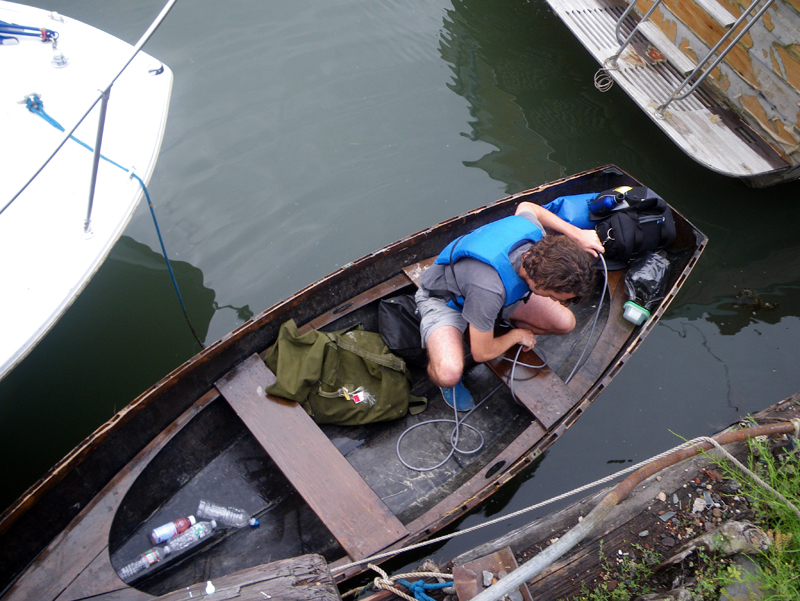
We found a parking lot next door where no one seemed to mind us slipping by quietly.
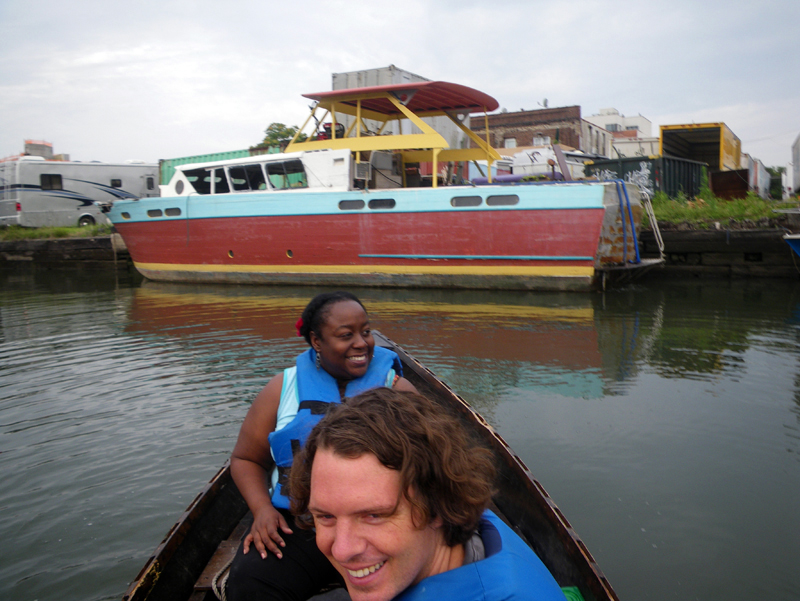
Eben is a Professor of Environmental Humanities, and author of the Multispecies Salon; a book, blog, and curatorial effort, that proposes a new way to study the disrupted boundaries between nature and culture.
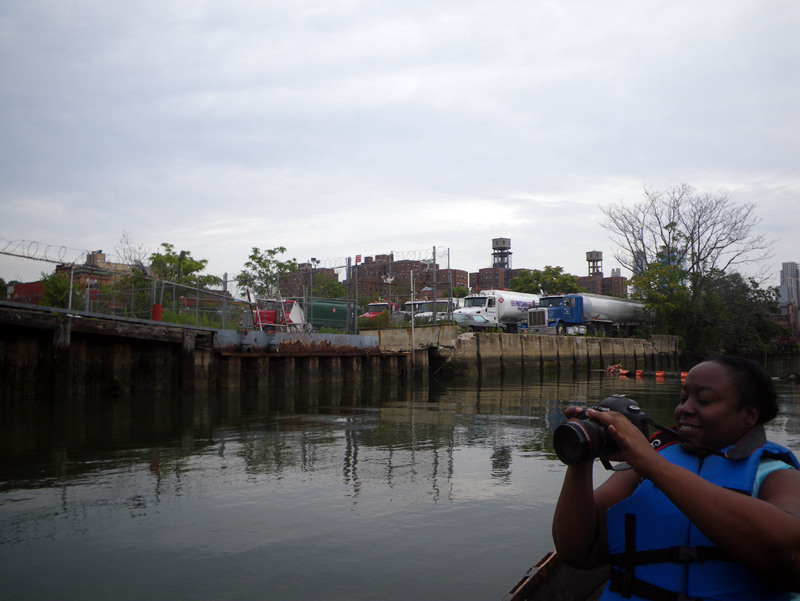
Latasha Wright is a Doctor of cell and molecular biology and an educator. She currently operates out of the amazing Biobus / Biobase; a roving lab and interdisciplinary science center that makes high tech equipment and scientific expertise available to student groups all over New York.
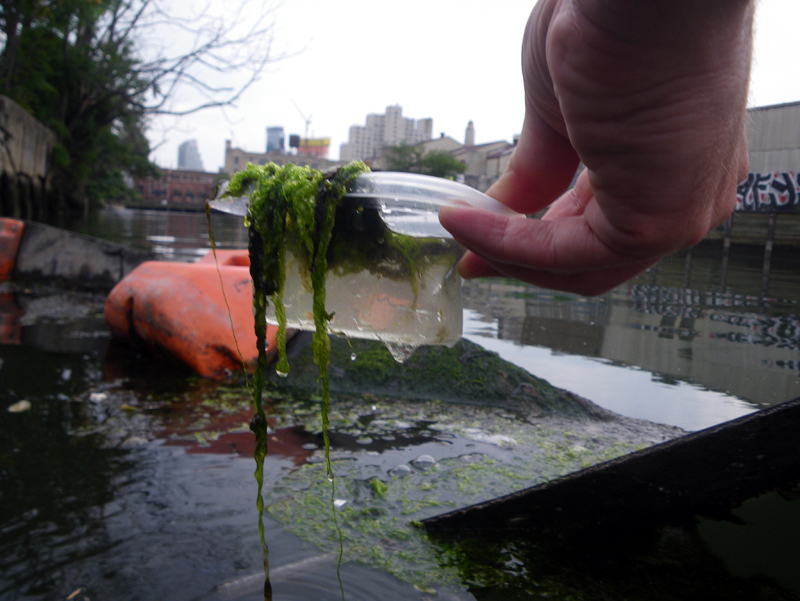
Eben enlisted Latasha’s help last year to study the lives of freshwater microbes in the Gowanus Canal.
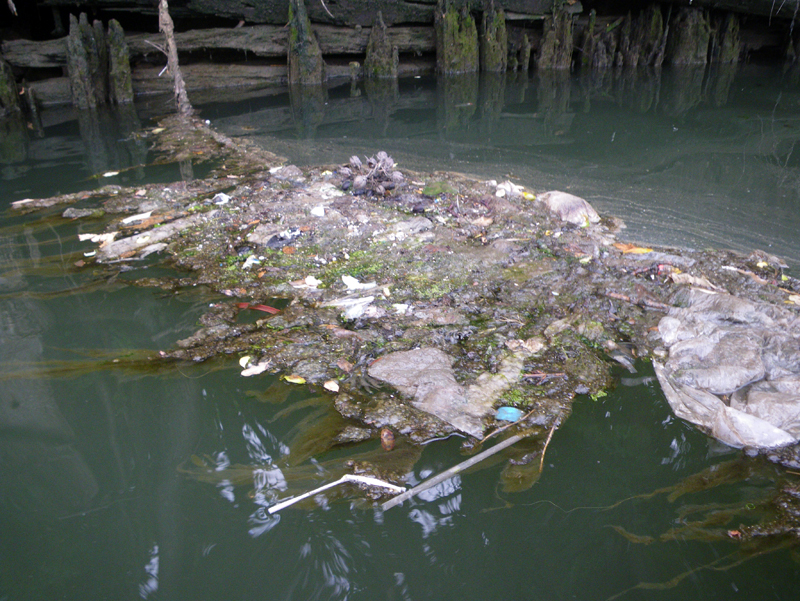
A lot of Eben’s work takes place in what he calls ‘blasted landscapes’,
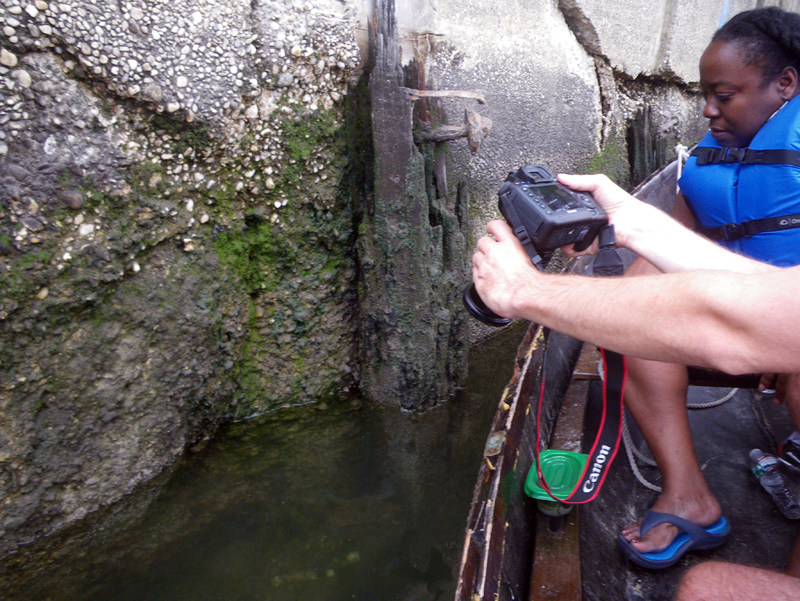
and even here, where the negative impact of humans is so evident, we stop to admire a massive blue crab.
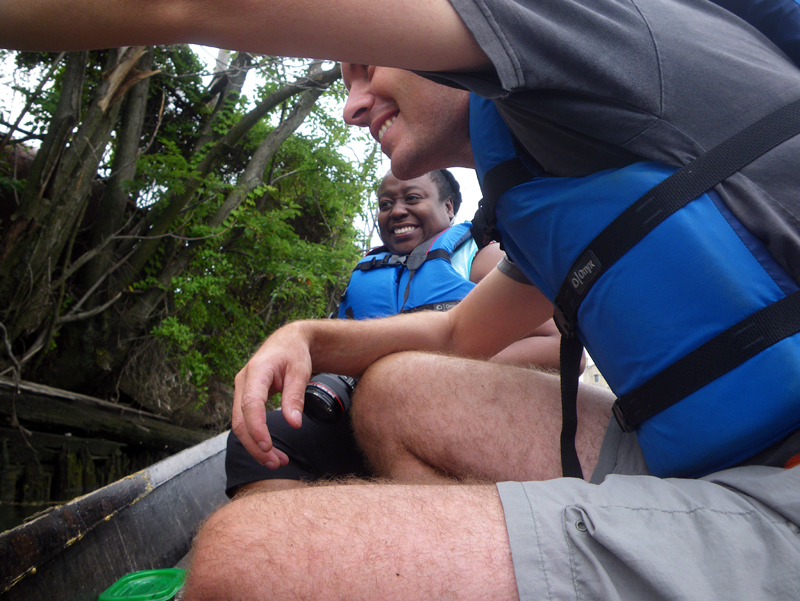
It is great to explore with Eben and Latasha. They are equal parts fascinated, grossed out,
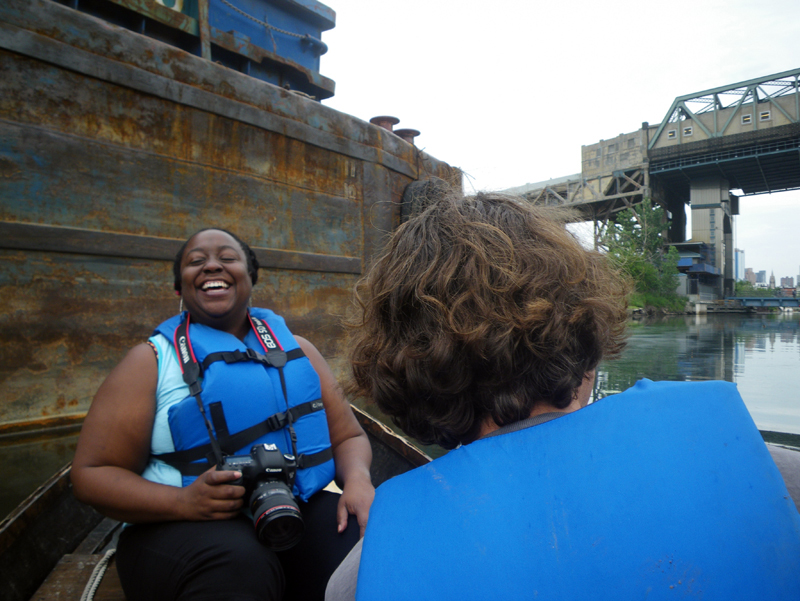
extremely knowledgeable, and fun to be with.  I can see why their projects are so successful.
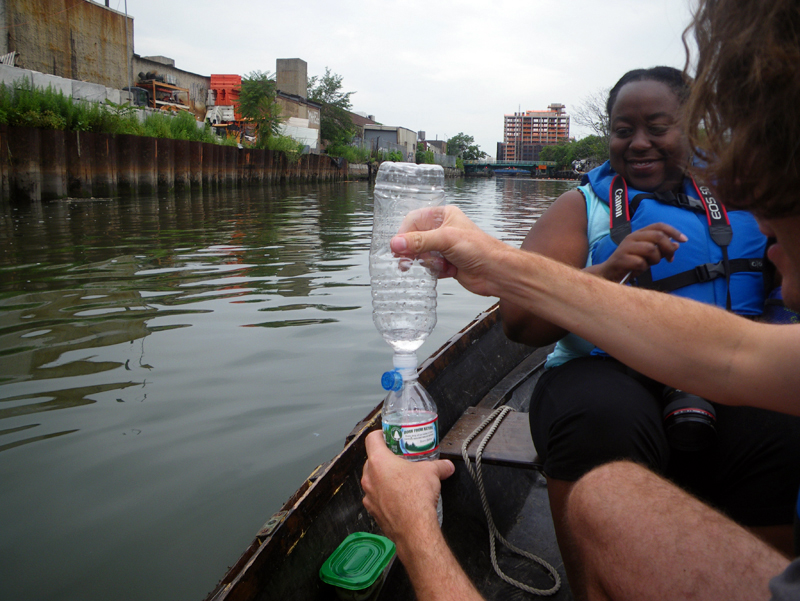
Eben fashions a suction device from some recycling to avoid touching the canal.
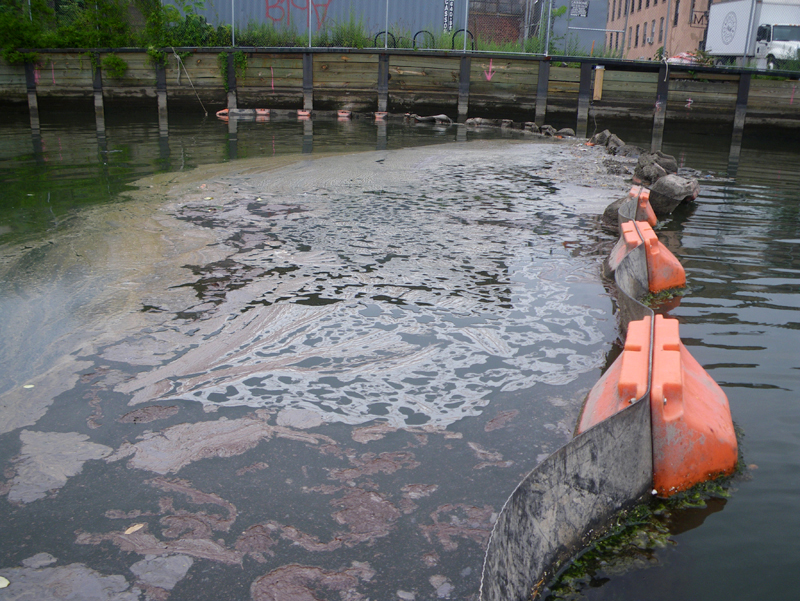
The boom has done a good job of catching some coal tar churned up by the new flushing tunnel,
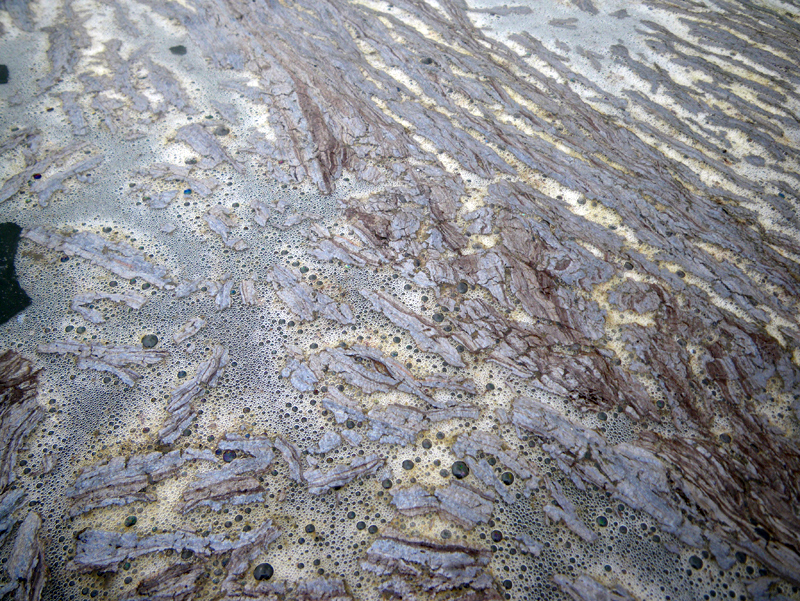
but I wonder where it will go from here.
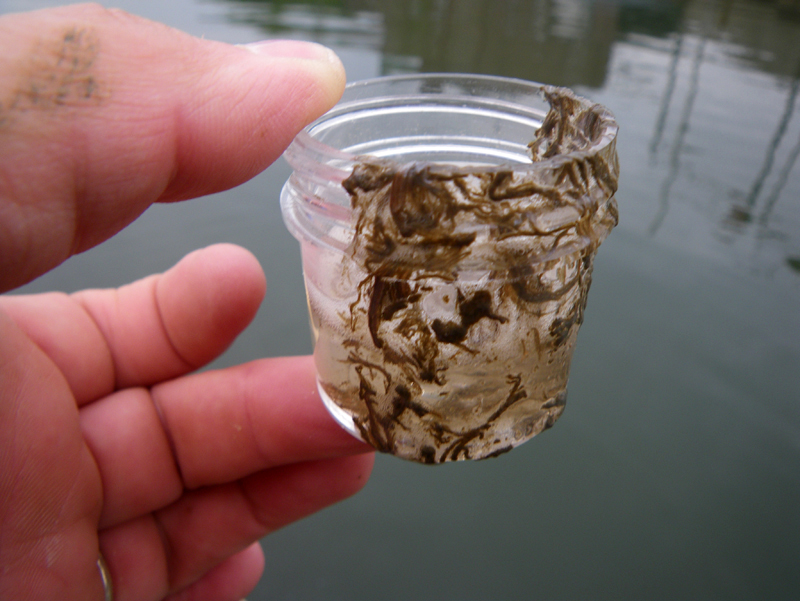
The coal tar sediment appears to be a living thing itself.
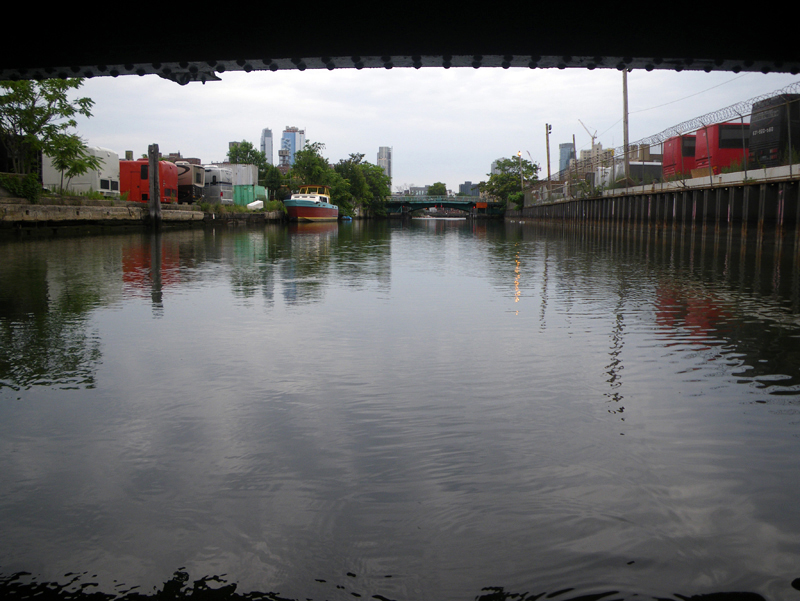
If there are microbes in there in there, it will certainly be a multi-species entanglement,
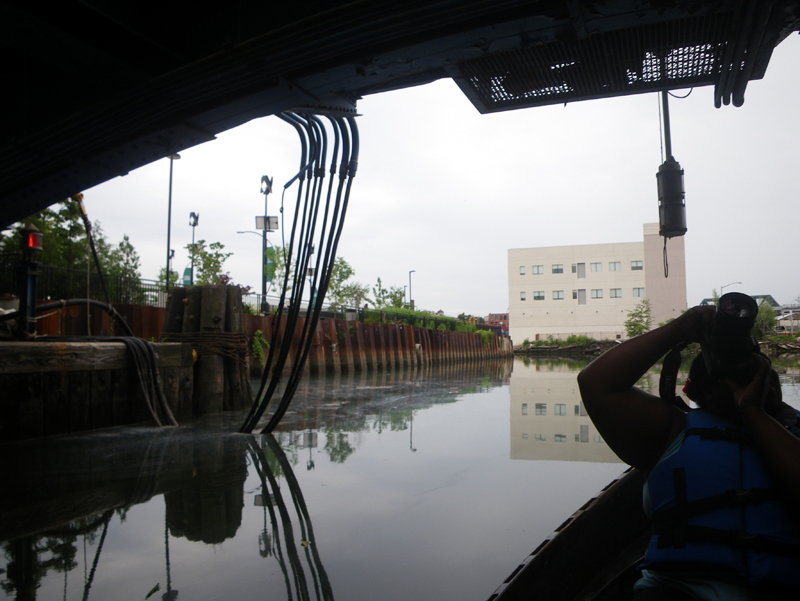
with coal tar as our cultural contribution.
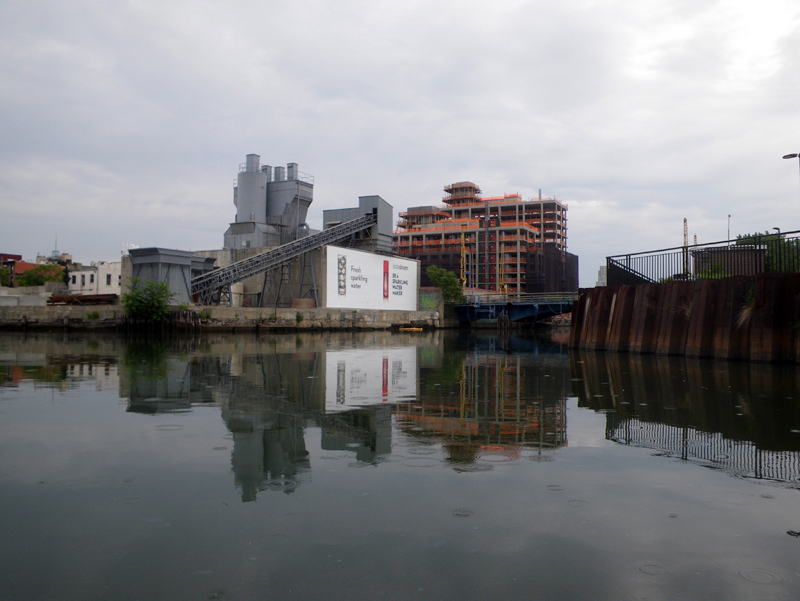
Eben and Latasha will take it back to the Biobase’ high powered microscopes, and find out.
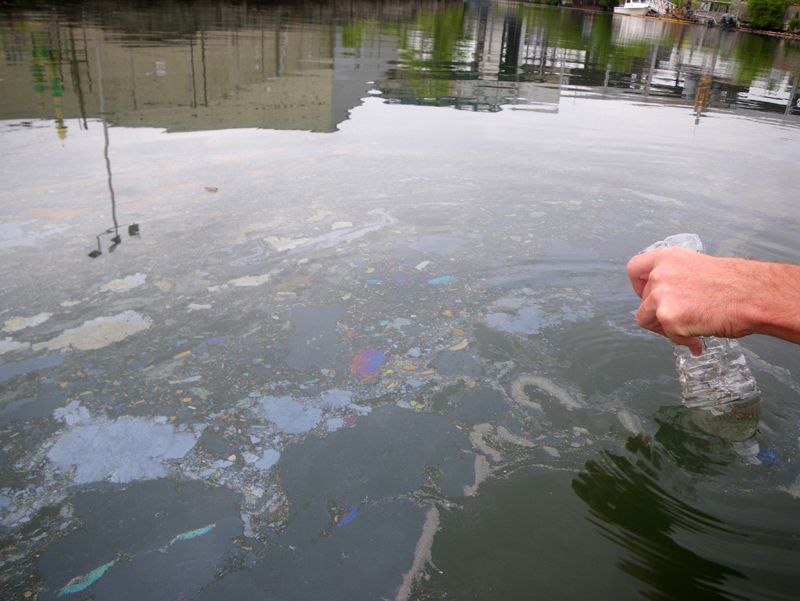
As the Gowanus canal turns toward the bay, we open into one of the most visually stunning ‘blasted landscapes’ around.
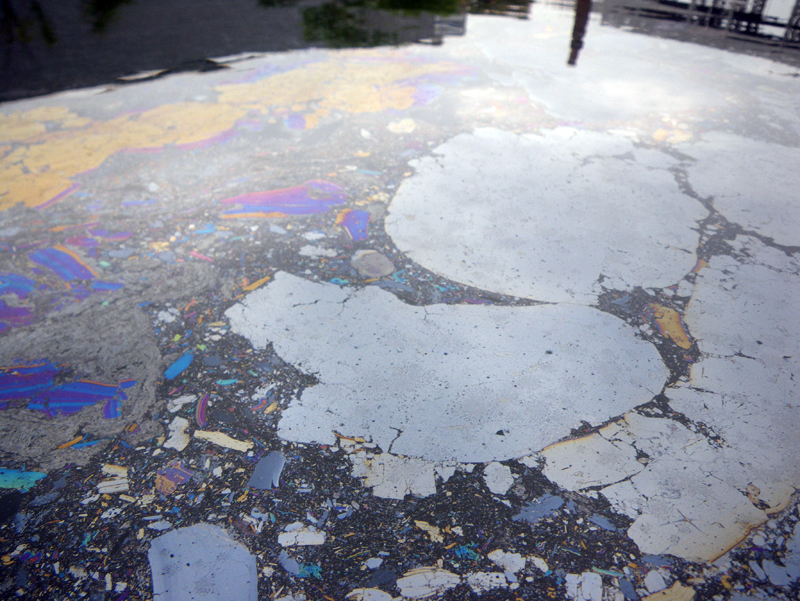
Iridescent residue from the manufactured gas plants that contaminated this place for years.
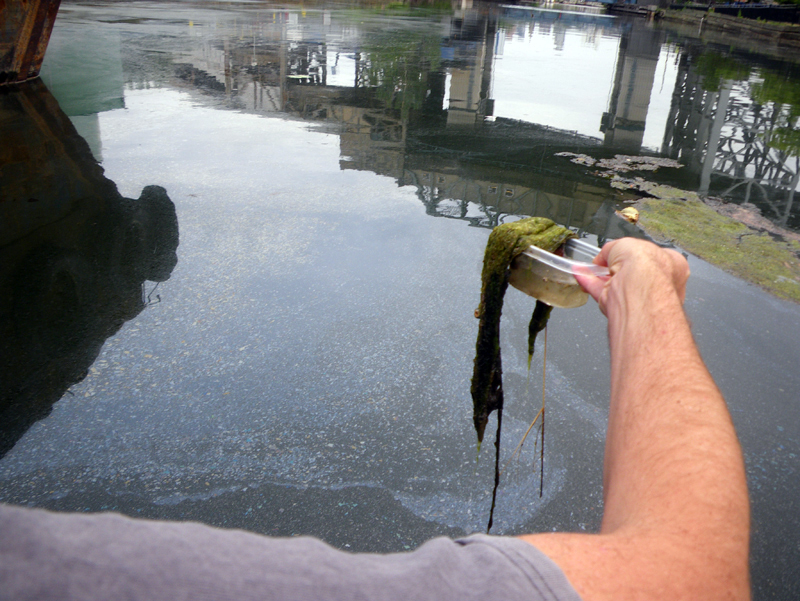
But we still find some green living stuff.
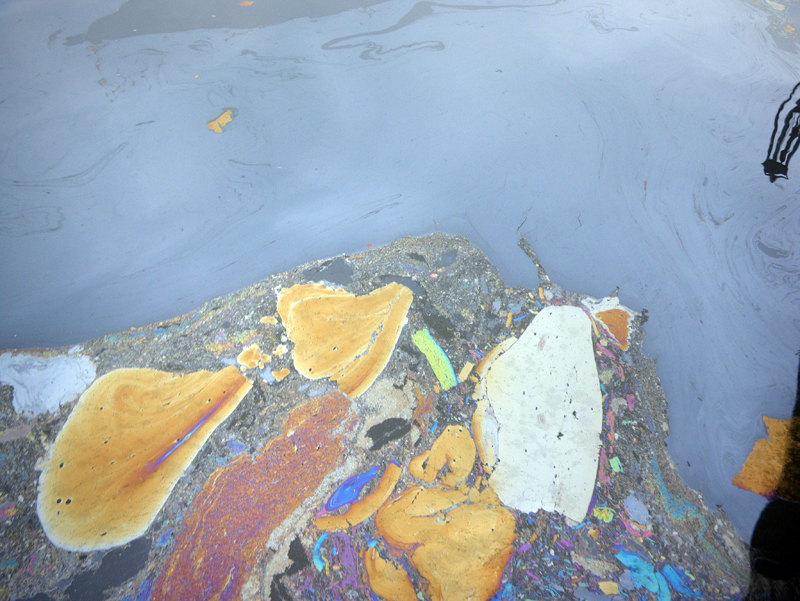
Eben is looking for something specific here, microscopic fungi called chytrids.
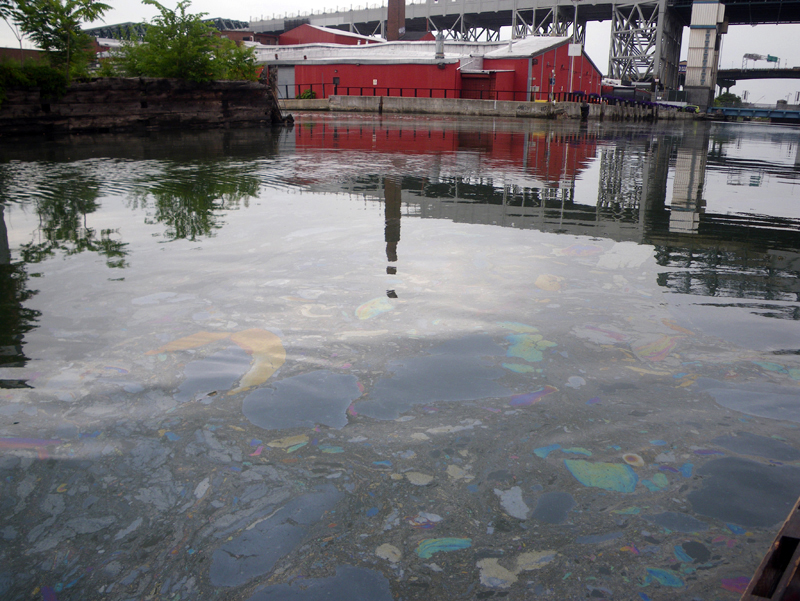
“These things give “vibrant matter” a whole new meaning.” says Eben, in reference to the Jane Bennett book.
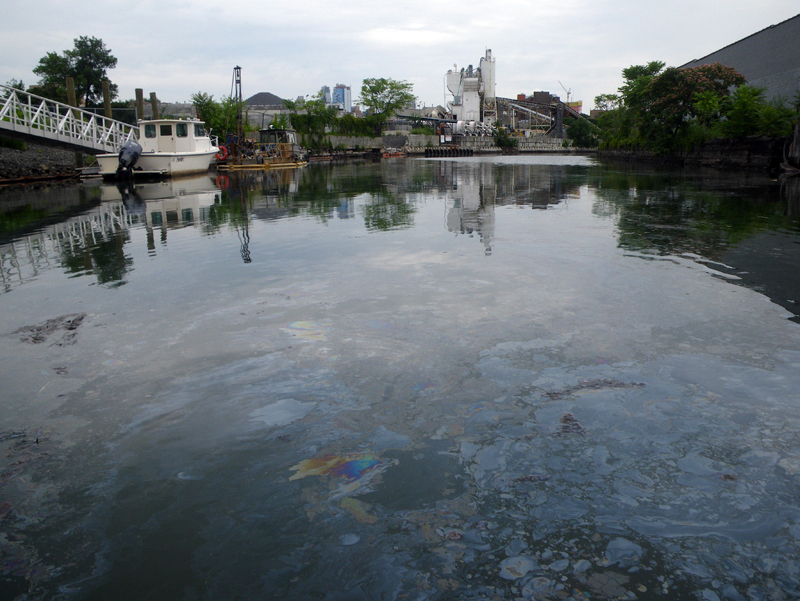
Chytrid fungi are causing mass extinctions in amphibians, like the Golden Frog he researches in Panama.
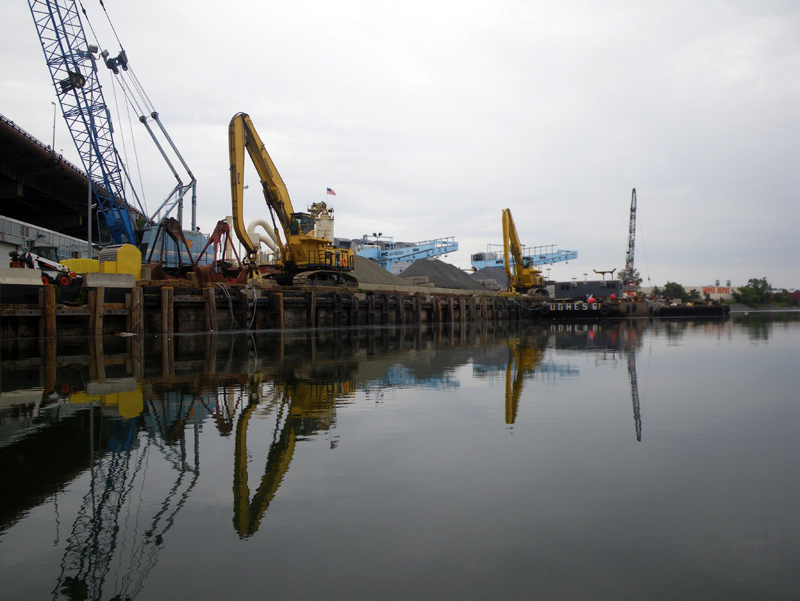
Eben explained how frogs in impacted environments like the Gowanus, seem to be doing better because the Chytrids don’t thrive here.
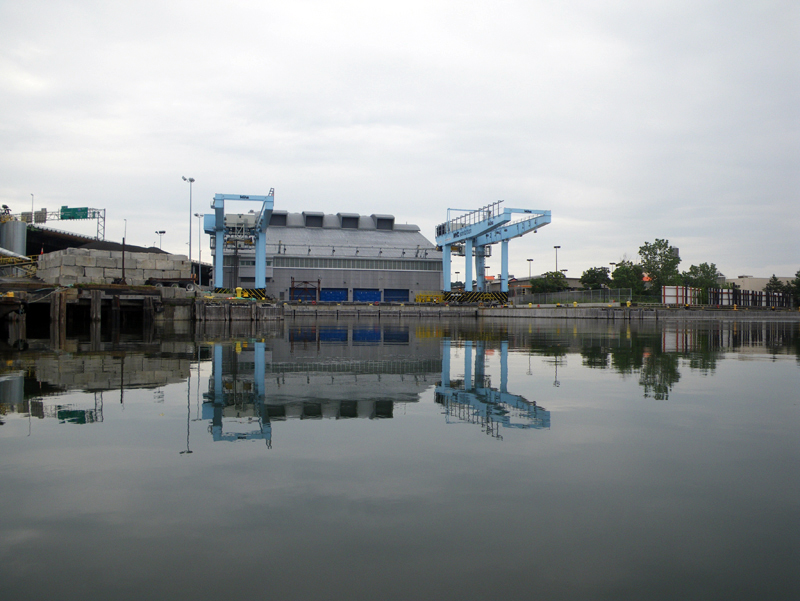
“Wow!” I said, “so the frogs who like industrial landscapes are doing better!”
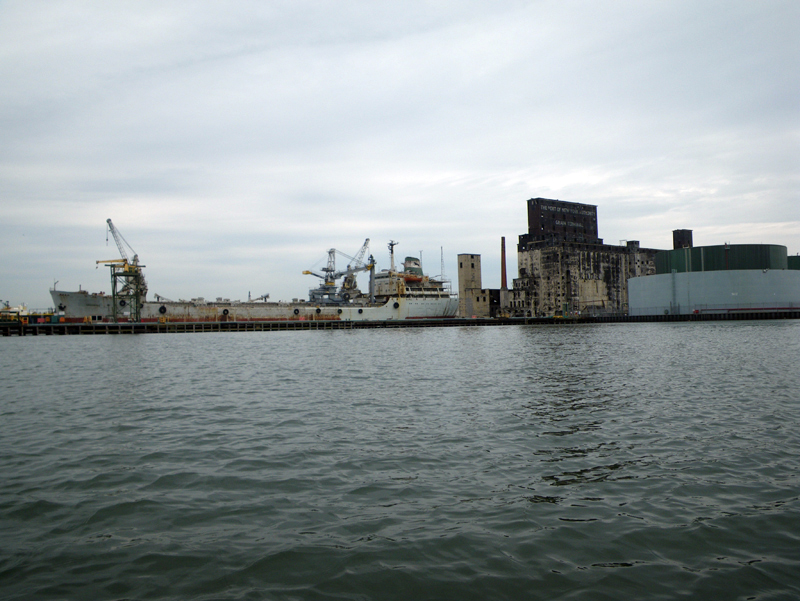
I imagined a frog enjoying the site of all this industrial decay as much as I do.
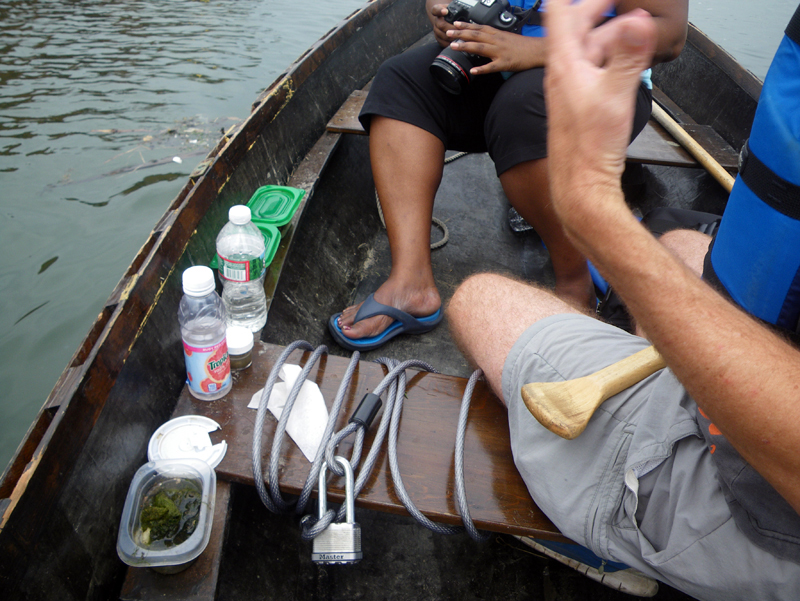
“Well, its not that they like it,” said Eben, “it’s just that they die off in the other places.”
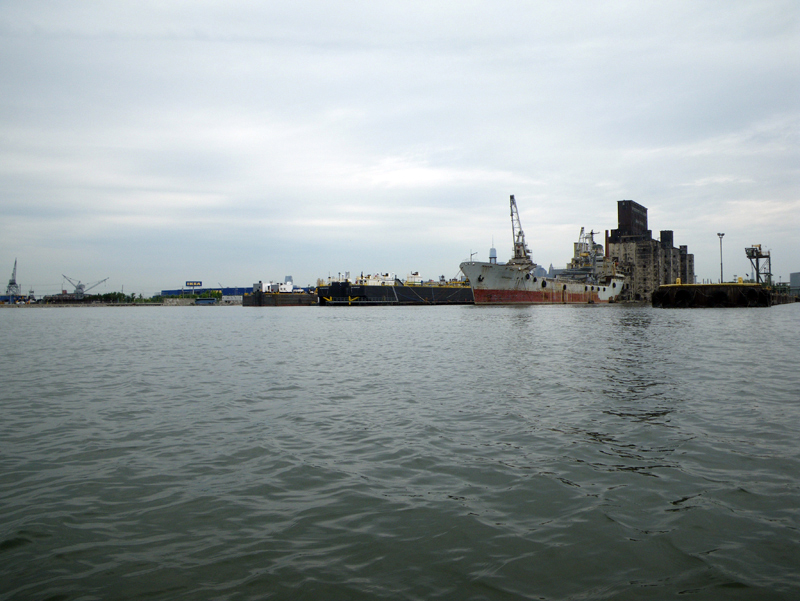
I remembered something Kurt Voneget wrote about the ‘Origin of the Species’, how Darwin’s theories “did more to stabilize people’s volatile opinions of how to identify success or failure than any other tome,” and I realized I was doing something like that.
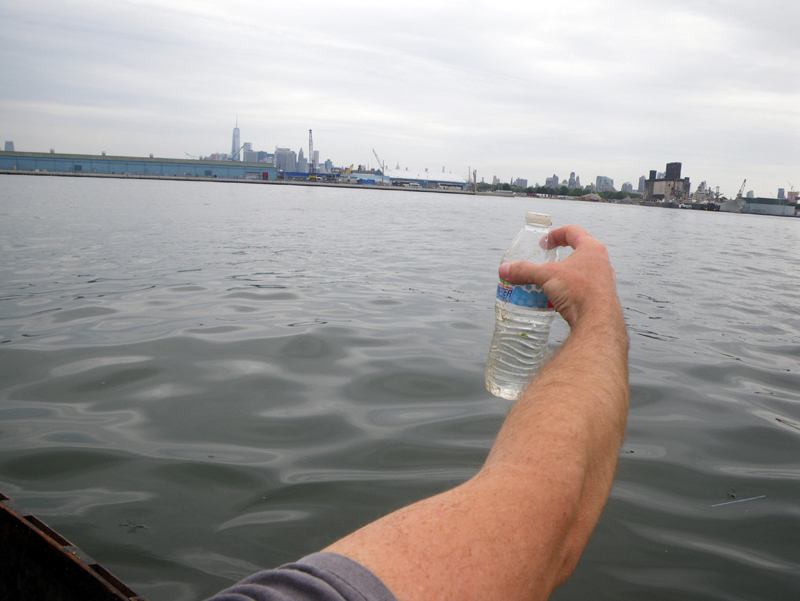
This hunt for chytrids dovetails with one of Latasha’s biobase classes about how life survives in urban environments. This summer they are concentrating on the East River.
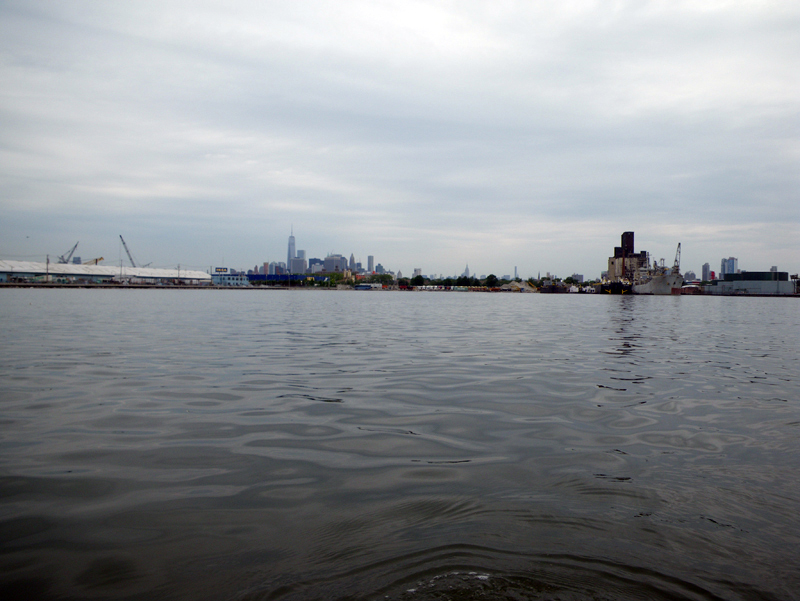
She has students taking samples, looking at things under microscopes, building habitat for oysters, “unveiling the unseen world of the river.”
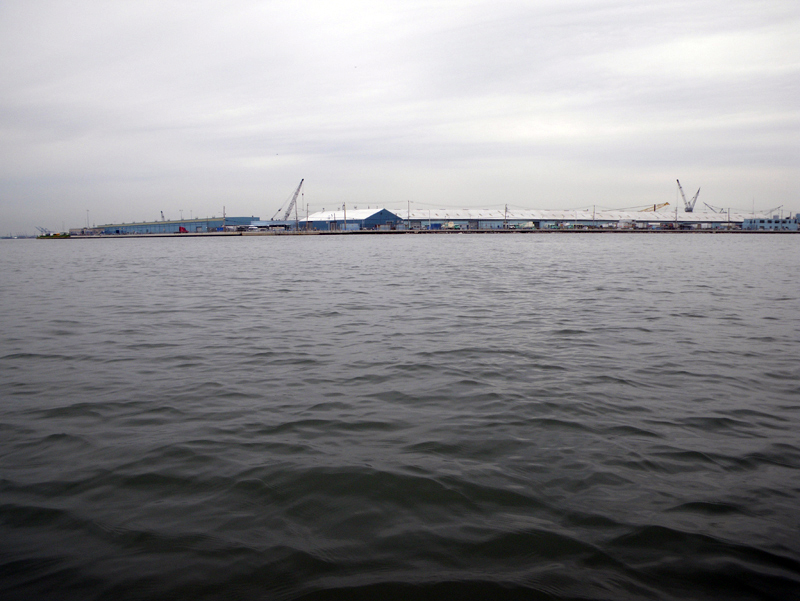
I asked her whether there is more life in the city above the water or below. I wanted the answer to be under water, of course.
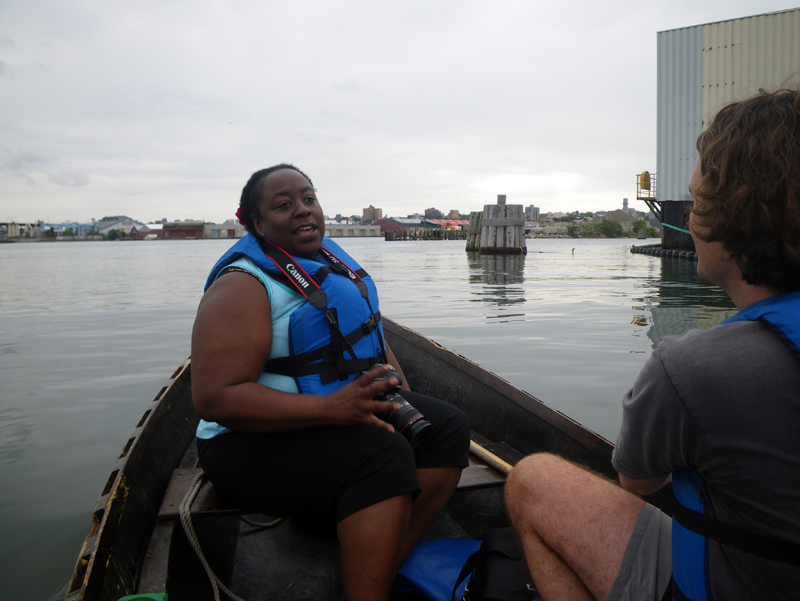
“Well – above the water there are a lot of things in the city, if you think about all the insects, and microbes.” said Latasha.
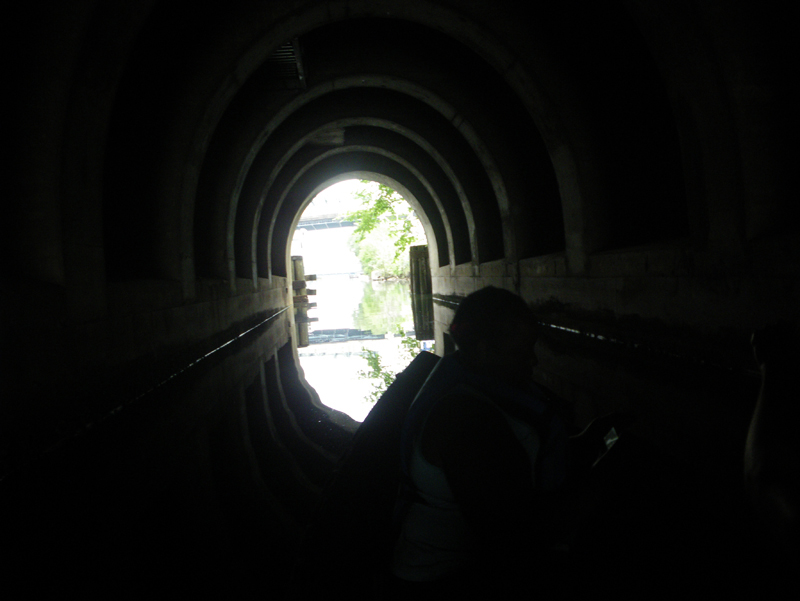
But Latasha and Eben explained that under water, there is a greater diversity of life. They started to list things “Cnidarians, mollusks, amphipods, decapods,
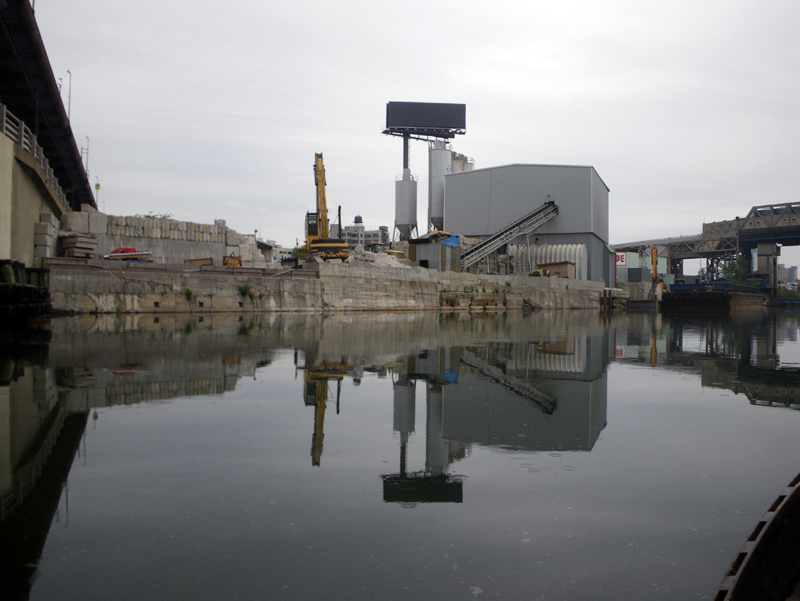
nematode worms, polychaete worms, annelid worms, nemtode worms – those all look like worms to us but they are radically different.”
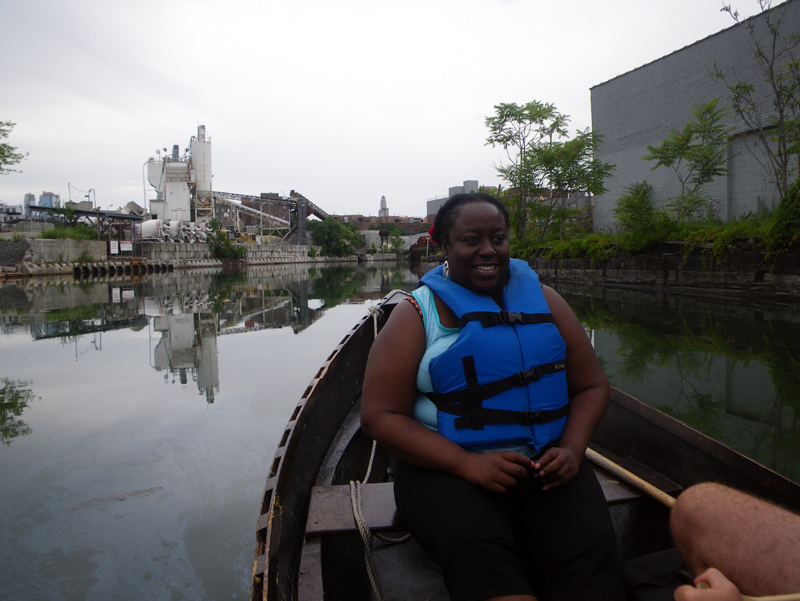
They spoke each name like a fondly remembered classmate.
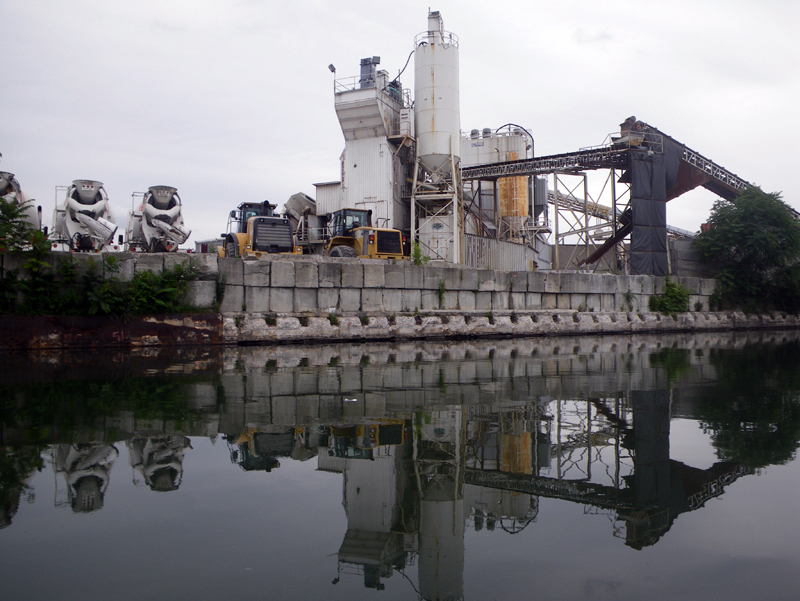
I guess not that many things decided to climb onto land, I started to say, but then thought better of it.
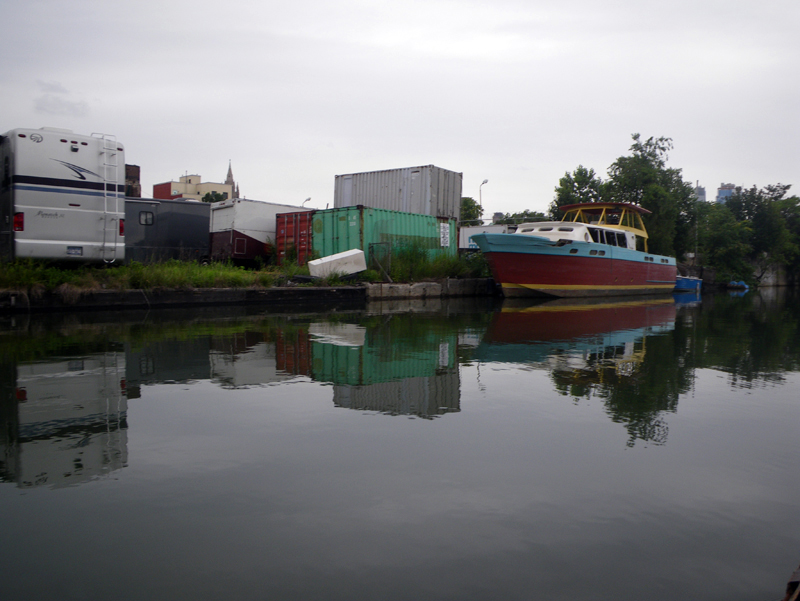
We were probably just stranded here when the tide went out.
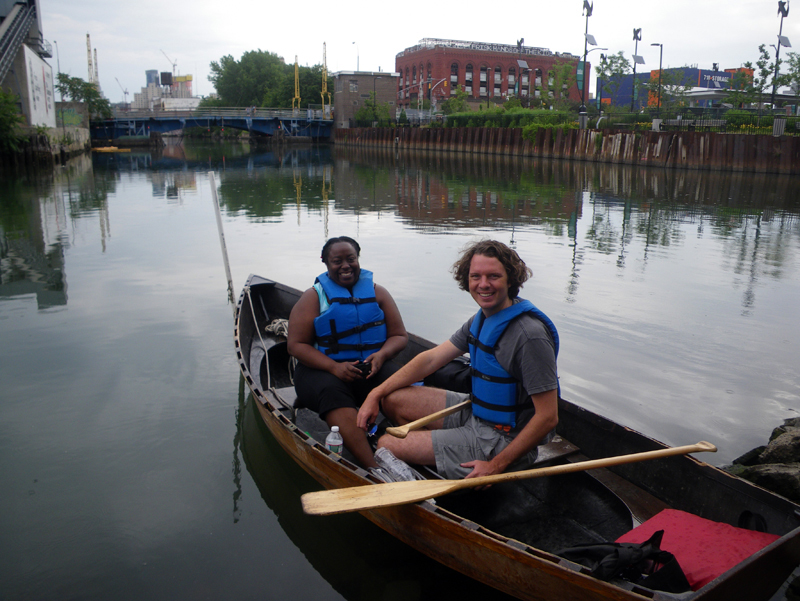
On a day like today, I am happy to be stranded here in such good company.
↑ Return to Top of Page ↑